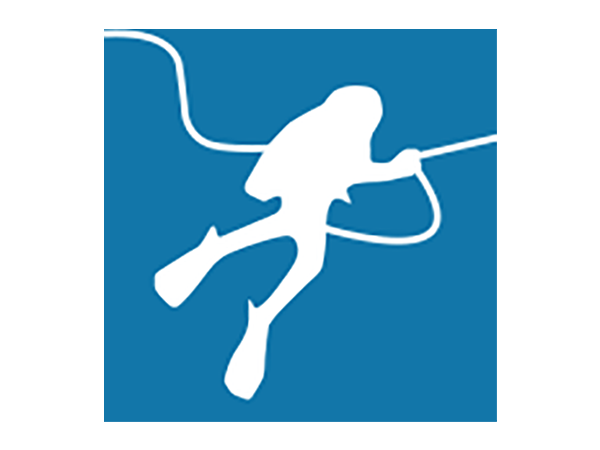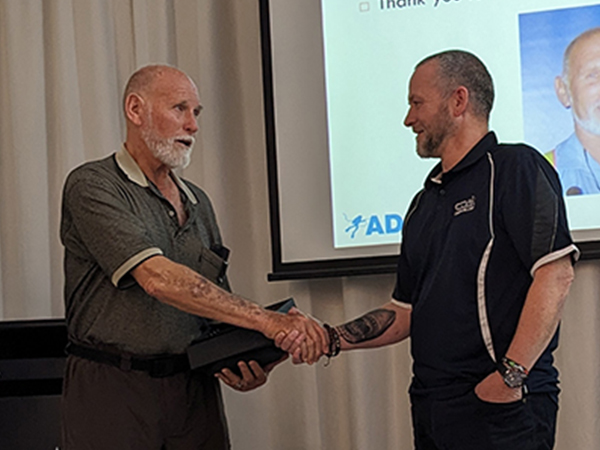As an internationally recognised certification agency, ADAS works to improve the global recognition of diver qualifications by connecting with colleagues and agencies around the world.
Commercial Management of Scientific Divers
ADAS divers are meeting scientific requirements for major offshore projects.
 Scientific monitoring programs around commercial oil and gas developments usually require the underwater application of knowledge gained over years of university study of marine biology. However, diving conditions, legal requirements and company aspirations for very high levels of diver safety often require that the management of this diving is conducted to full IMCA standards. Partnerships between scientific and commercial diving companies offer effective solutions to meet both scientific and safety targets.
Scientific monitoring programs around commercial oil and gas developments usually require the underwater application of knowledge gained over years of university study of marine biology. However, diving conditions, legal requirements and company aspirations for very high levels of diver safety often require that the management of this diving is conducted to full IMCA standards. Partnerships between scientific and commercial diving companies offer effective solutions to meet both scientific and safety targets.
Chevron Australia’s Gorgon LNG Project has recently completed years 2 and 3 of its post-development surveys of sediments, fish corals and other marine benthos around Barrow Island. For this large and sensitive project, the monitoring was both extensive and complex requiring weeks of diver operations. In planning the conduct of works, Perth-based MScience Marine Research drew on their existing partnership with Cal Dive International (Australia) to produce an operational diving management system capable of meeting Chevron’s rigorous diving standards. Scientific missions were planned using the overarching Cal Dive Diving Safety Management System built into every technical work scope.
Dive teams comprised of scientific divers, all with ADAS Part 2 or Part 3 qualifications, managed by Cal Dive’s dive supervisors and diver medical technicians, successfully completed over ten separate diving projects in a total of 95 diving days without serious incident. Program review showed that the keys to success were in team training so that the MScience scientists understood Cal Dive’s systems and Cal Dive’s supervisors and technicians understood the diving requirements of these scientific missions. With diving operations often up to 100m away from vessels and requirements to avoid diver impacts on the fragile benthos, gear selection – including lightweight floating umbilicals – was critical.
With many weeks at sea in relatively small live-aboard vessels, the diverse backgrounds of the Cal Dive and MScience divers proved more a platform for sharing tales in the evenings rather than a source of friction. At the program conclusion, all divers and the project client, Chevron, agreed that this partnership had been successful in meeting personal, commercial, safety and scientific objectives.
* Article supplied by Jim Stoddart of MScience Pty Ltd.



